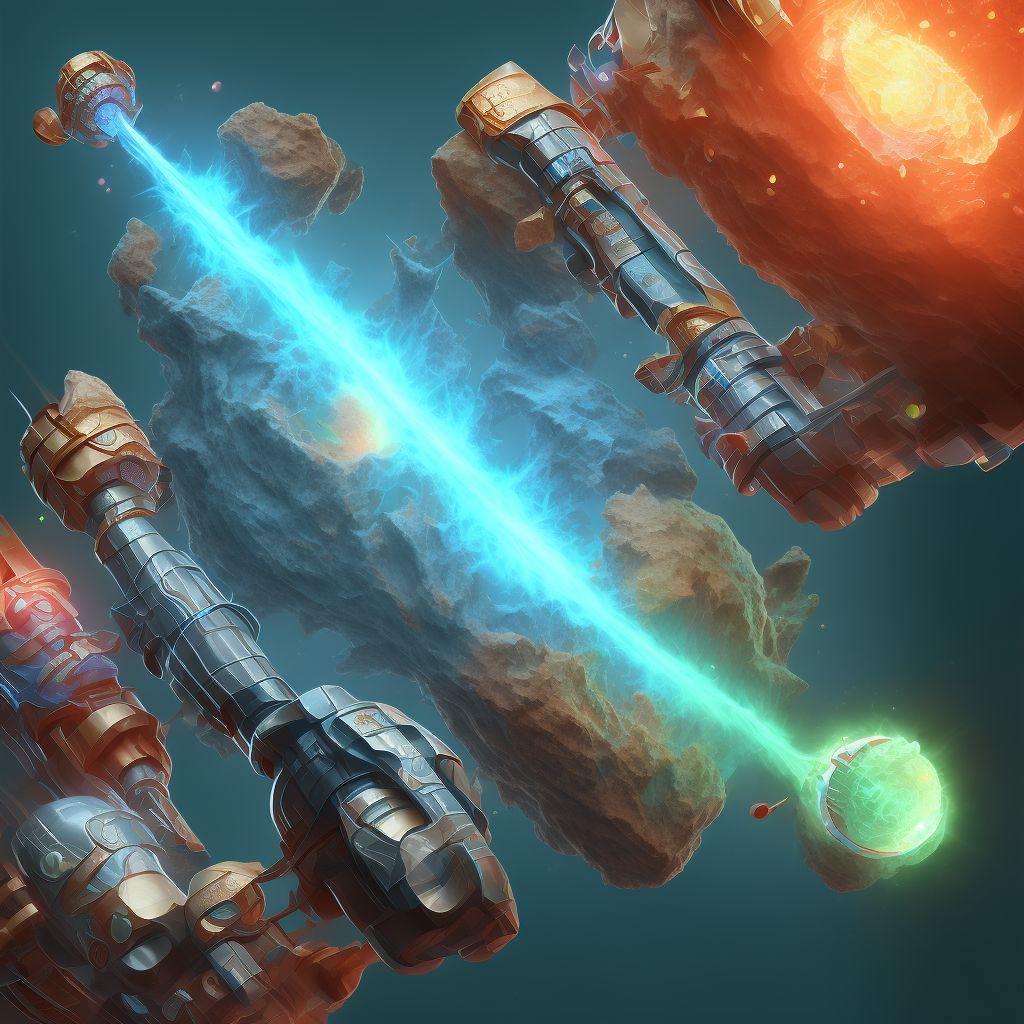
Displaced oblique fracture of shaft of right fibula, sequela Save
ICD-10 code: S82.431S
Disease category: S82.431: Displaced oblique fracture of shaft of right fibula
Displaced Oblique Fracture of Shaft of Right Fibula, Sequela: Understanding the Condition
A displaced oblique fracture of the shaft of the right fibula, sequela, is a medical condition that results from a previous injury to the fibula bone. A sequela refers to a condition or complication that arises as a direct consequence of a previous injury or disease. In this case, the fibula bone in the right leg has suffered a displaced oblique fracture, which has not healed correctly, leading to ongoing issues.
When a fracture occurs, the bone breaks into two or more pieces. In the case of a displaced oblique fracture, the bone is broken diagonally, resulting in misalignment of the fractured segments. If left untreated or managed improperly, this type of fracture can lead to long-term complications.
Patients with a displaced oblique fracture of the shaft of the right fibula may experience symptoms such as pain, swelling, difficulty walking or bearing weight, and limited range of motion. It is important to seek medical attention if you suspect you have this condition, as proper diagnosis and management are crucial for optimal recovery.
- Diagnosis: To diagnose a displaced oblique fracture of the shaft of the right fibula, a healthcare professional will typically perform a physical examination and order imaging tests such as X-rays or CT scans. These tests help determine the severity and exact location of the fracture.
- Symptom management: While this article does not cover treatment, it is worth mentioning that symptom management plays a significant role in enhancing comfort and facilitating the healing process. A healthcare professional may recommend pain medications, immobilization with a cast or splint, and the use of crutches to minimize weight-bearing on the affected leg.
- Rehabilitation: Once the initial symptoms have subsided, rehabilitation exercises may be prescribed to restore strength, flexibility, and functionality to the affected leg. These exercises are designed to improve mobility and prevent future complications.
A displaced oblique fracture of the shaft of the right fibula, sequela, can have a significant impact on an individual's daily life and mobility. Understanding the condition, seeking prompt medical attention, and following a proper treatment plan are essential for a successful recovery. If you suspect you have this condition, consult with a healthcare professional to receive an accurate diagnosis and appropriate management.
Treatment of Displaced oblique fracture of shaft of right fibula, sequela:
Treatment Options for Displaced Oblique Fracture of the Shaft of Right Fibula, Sequela
When facing a displaced oblique fracture of the shaft of the right fibula, sequela, it is essential to explore various treatment options to promote proper healing and recovery. The following treatment methods are commonly recommended for this type of fracture: